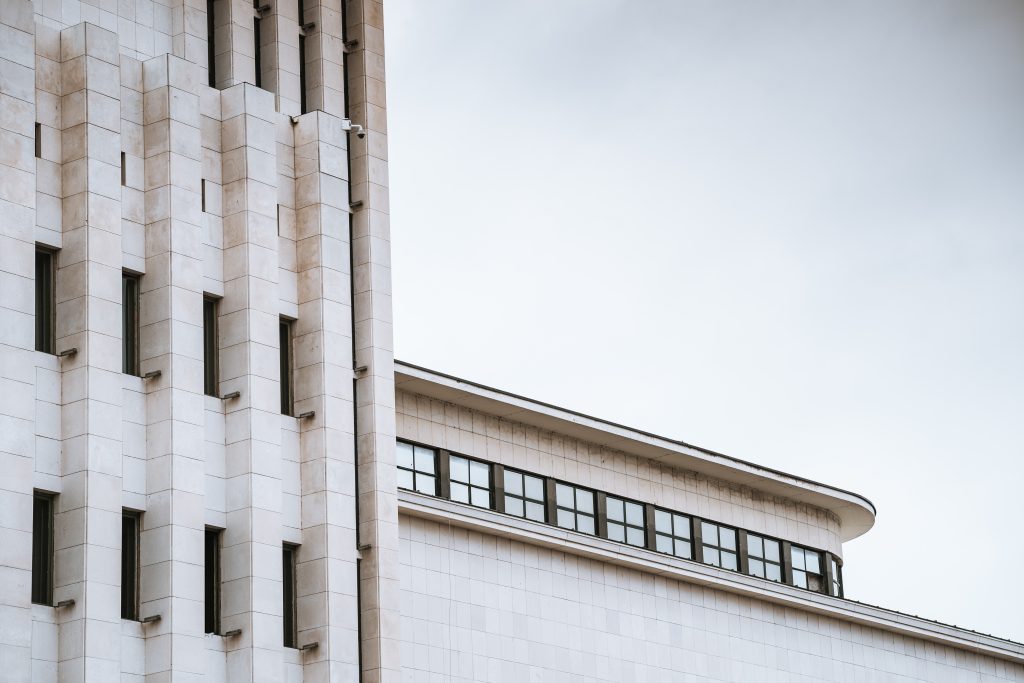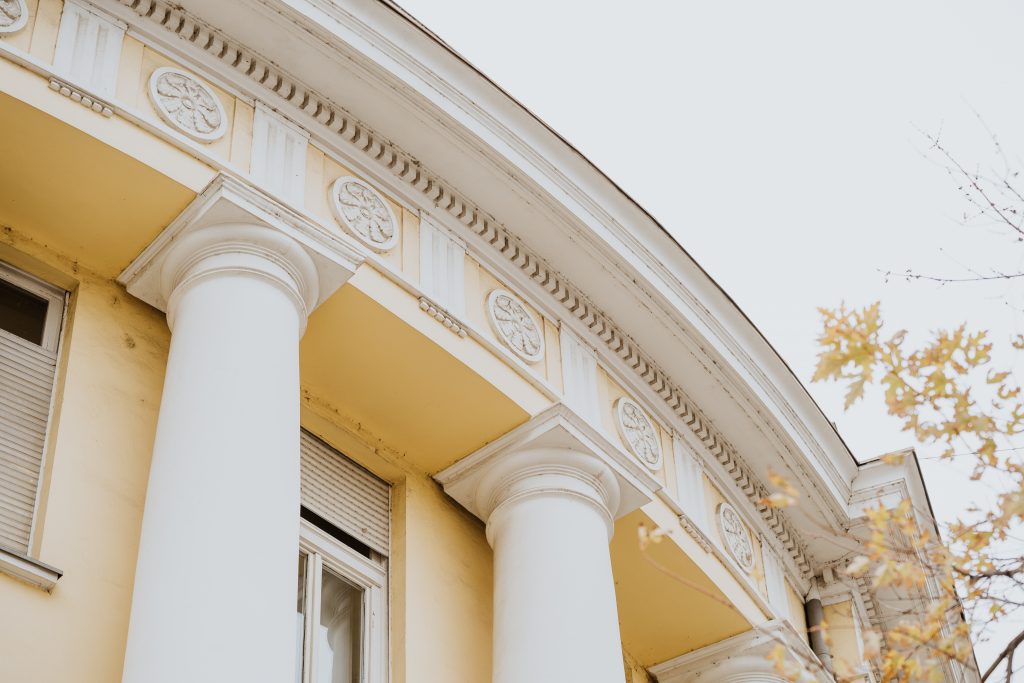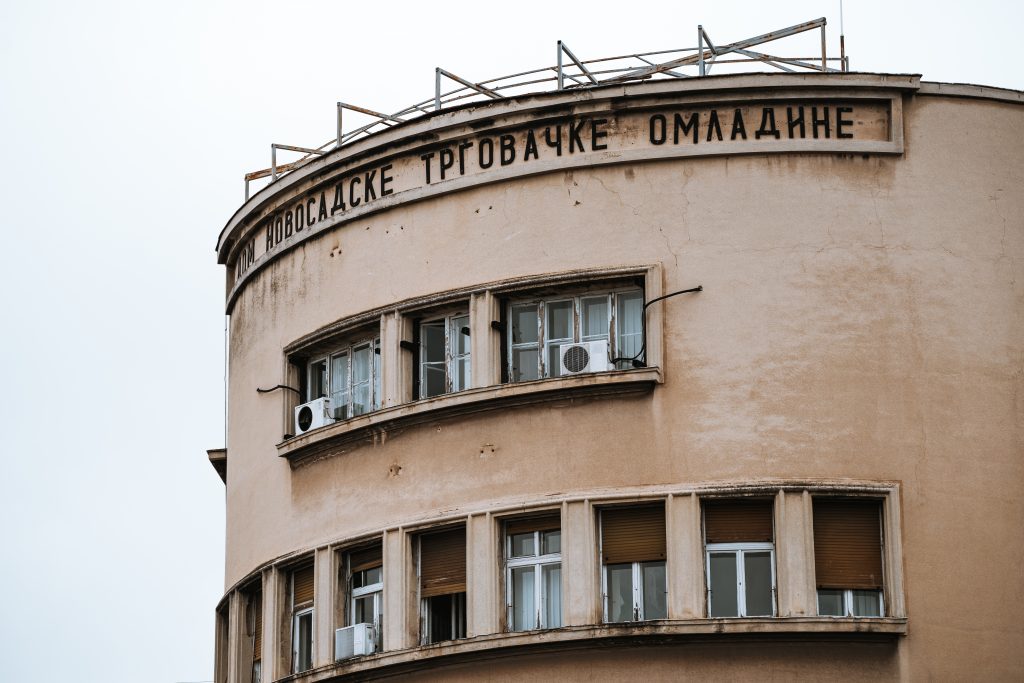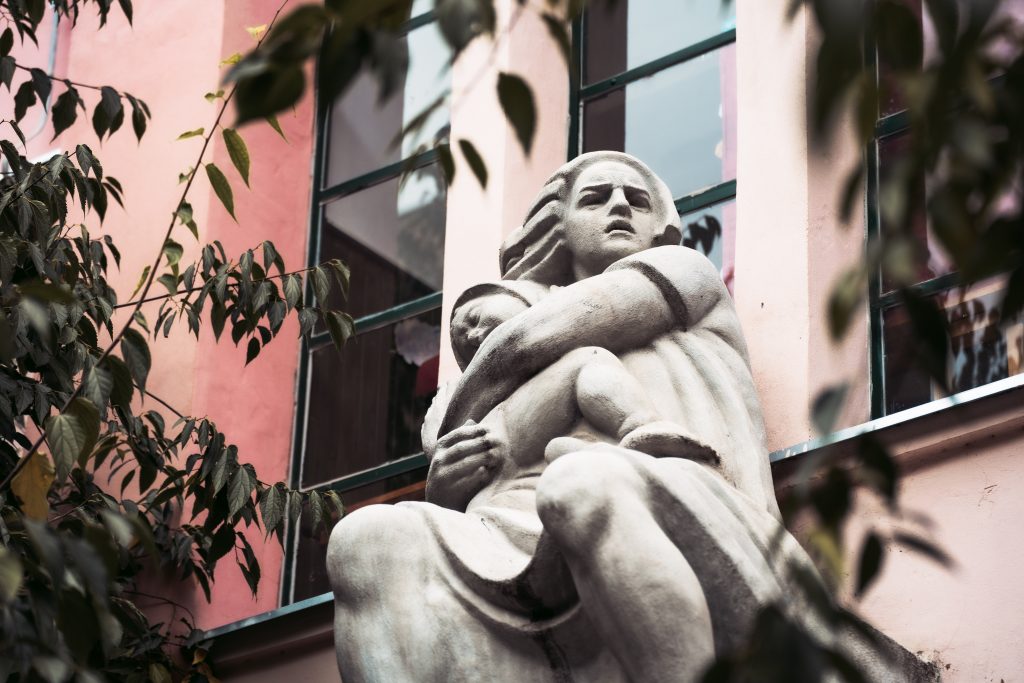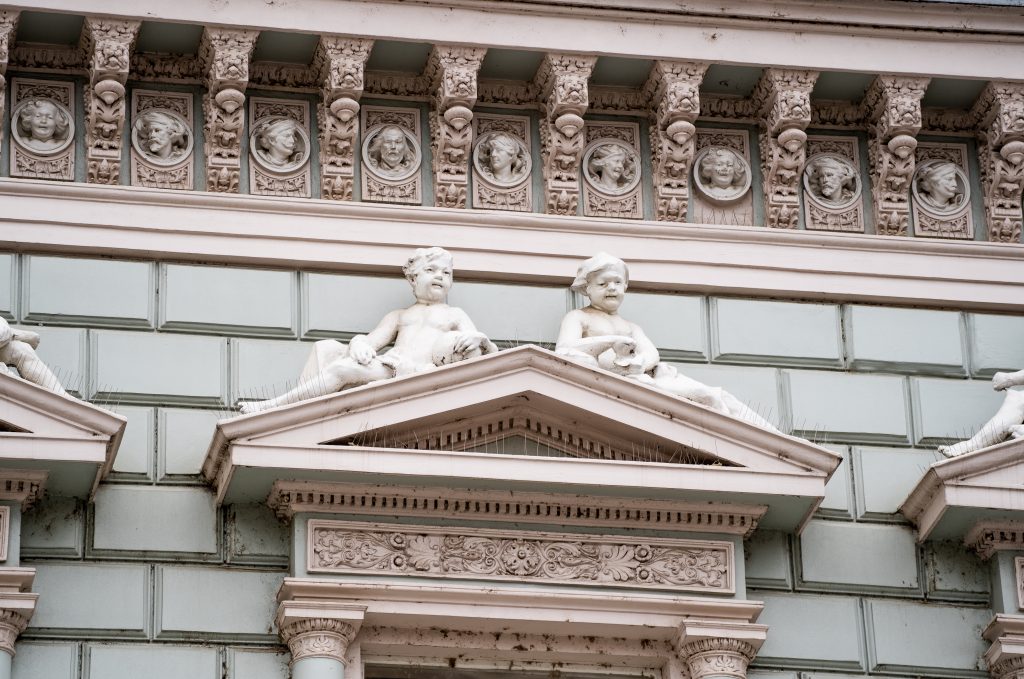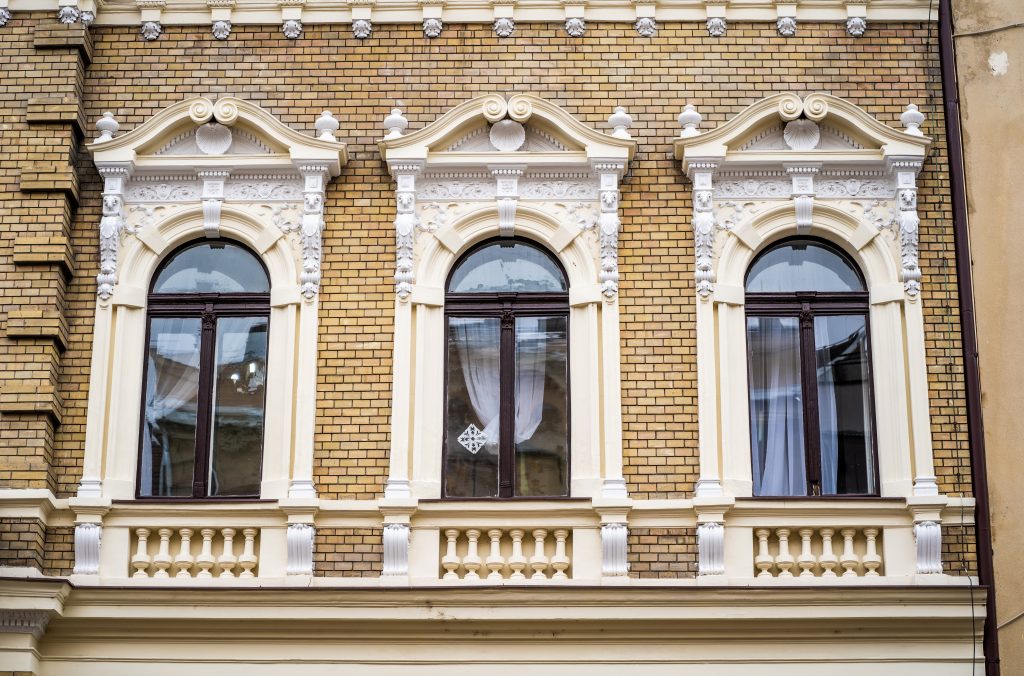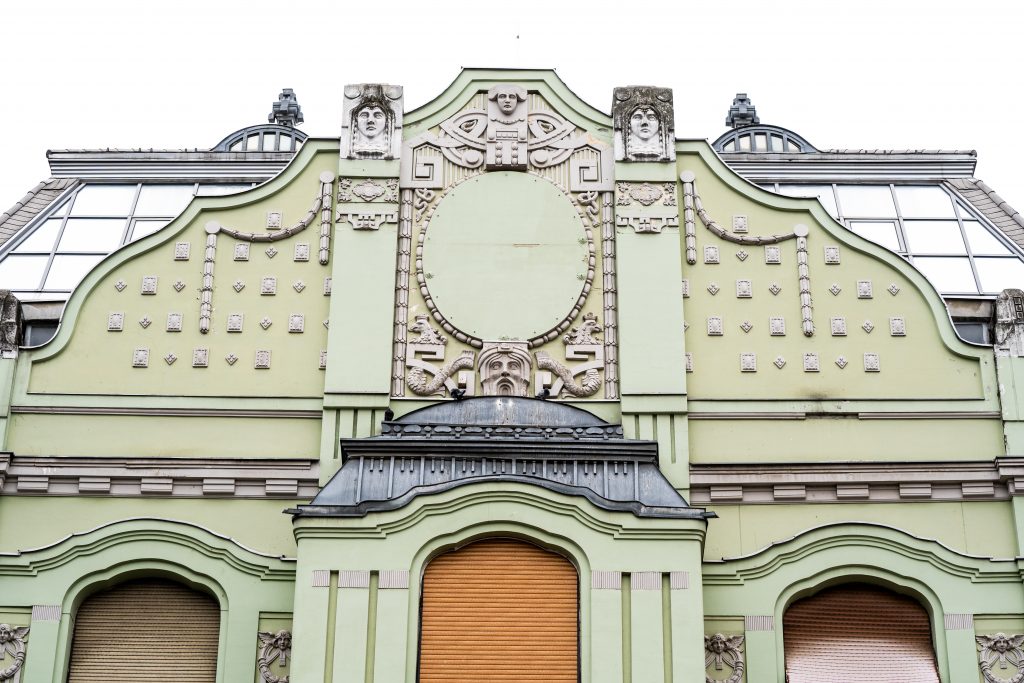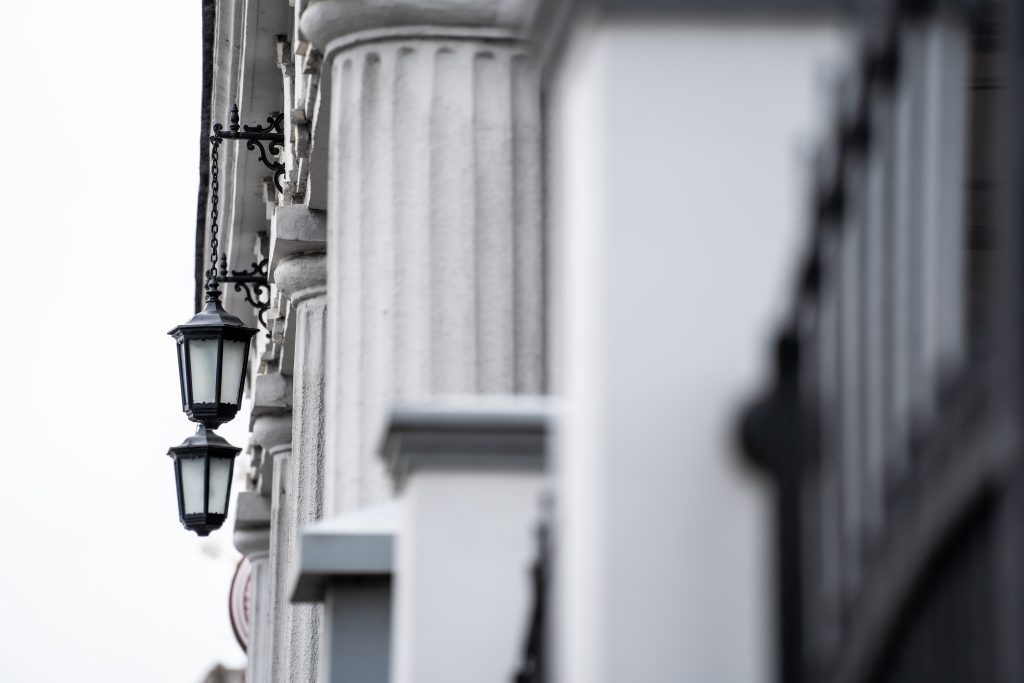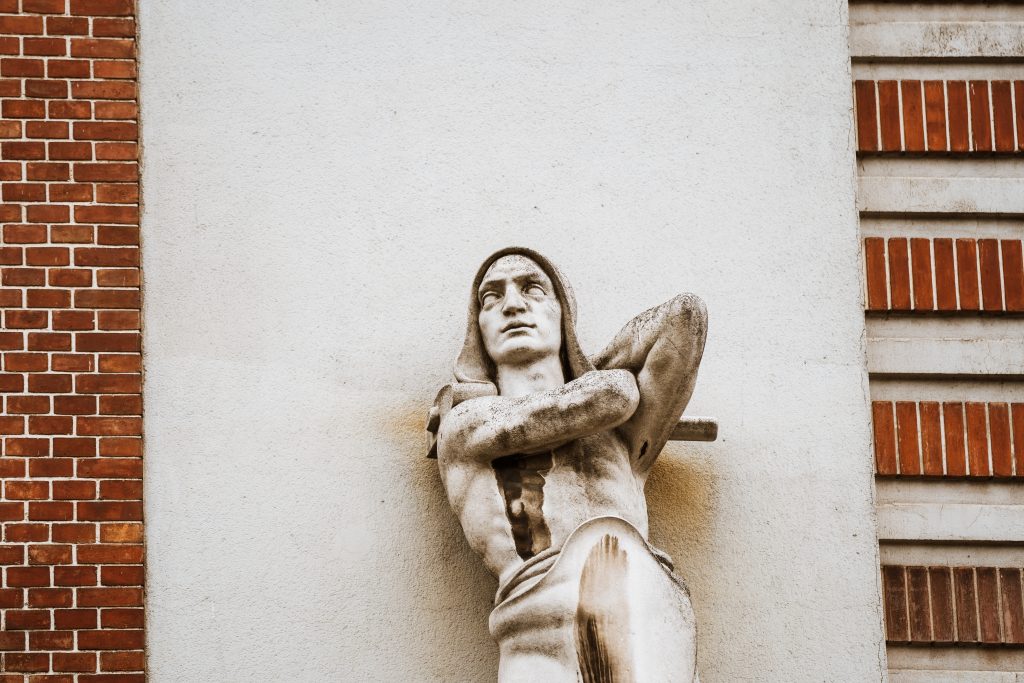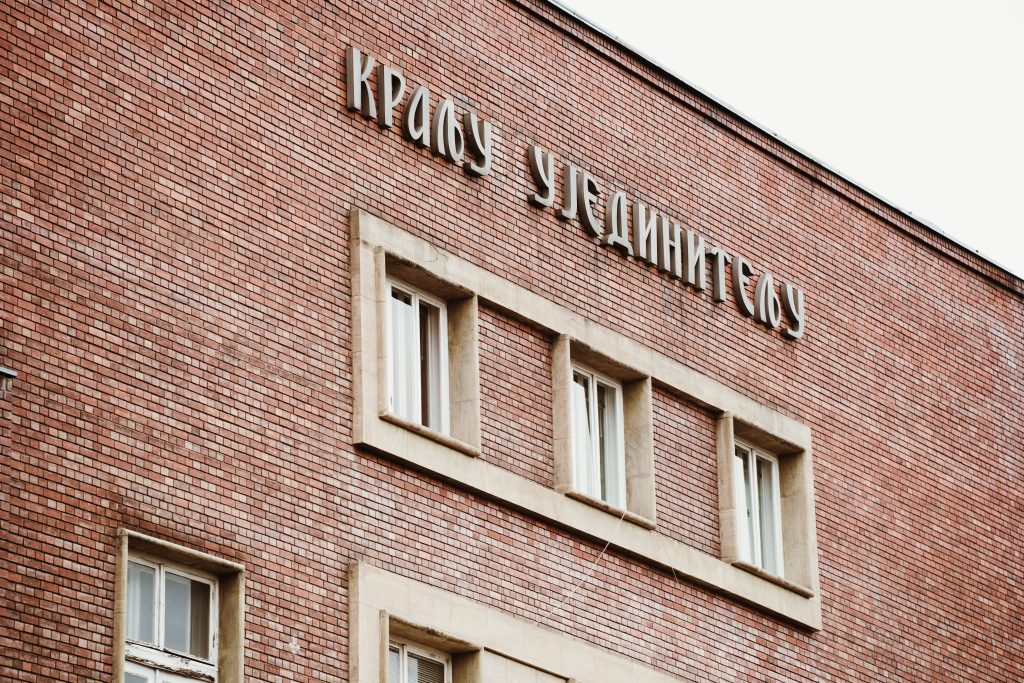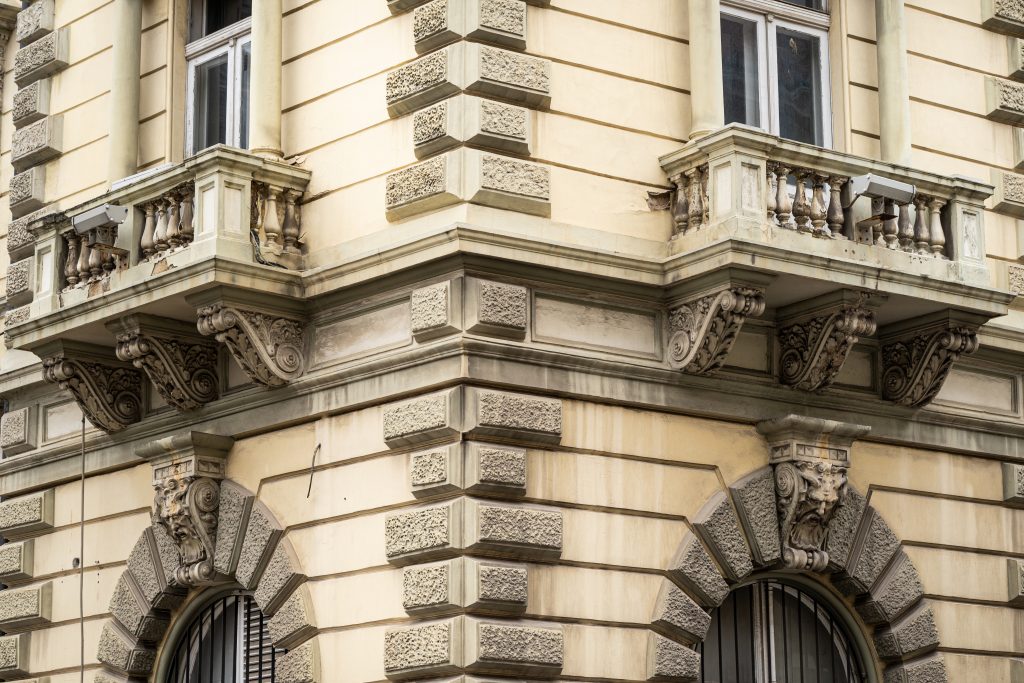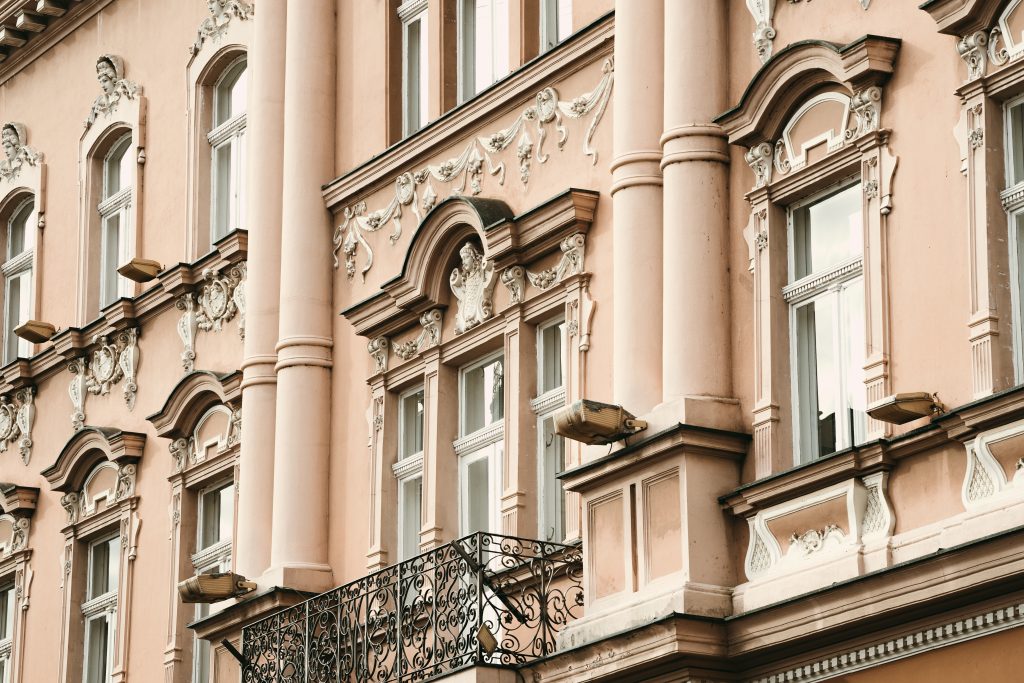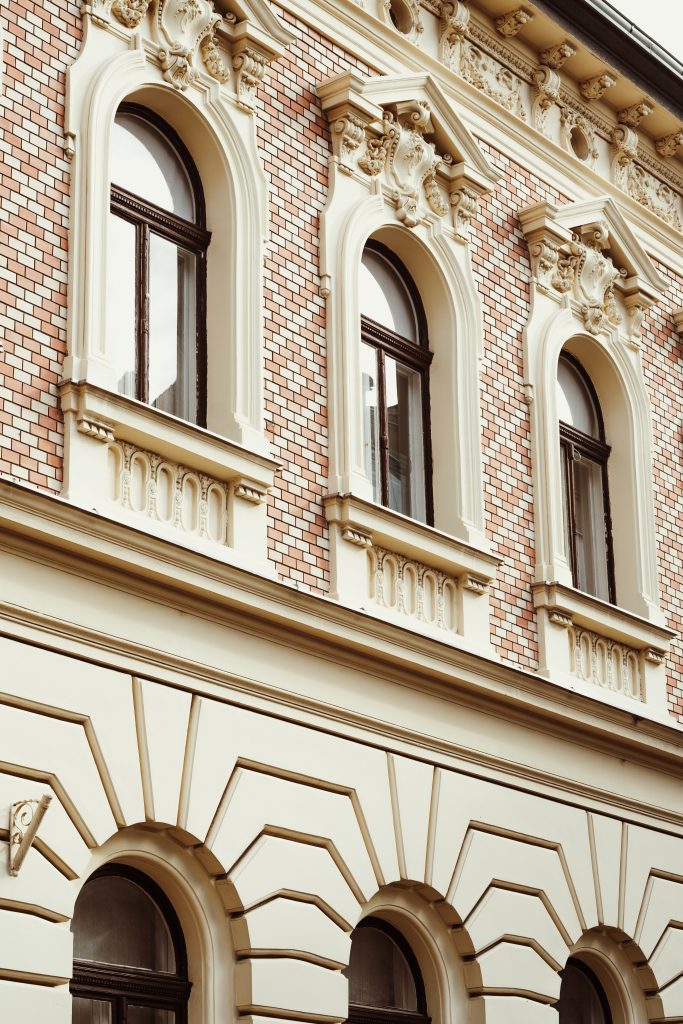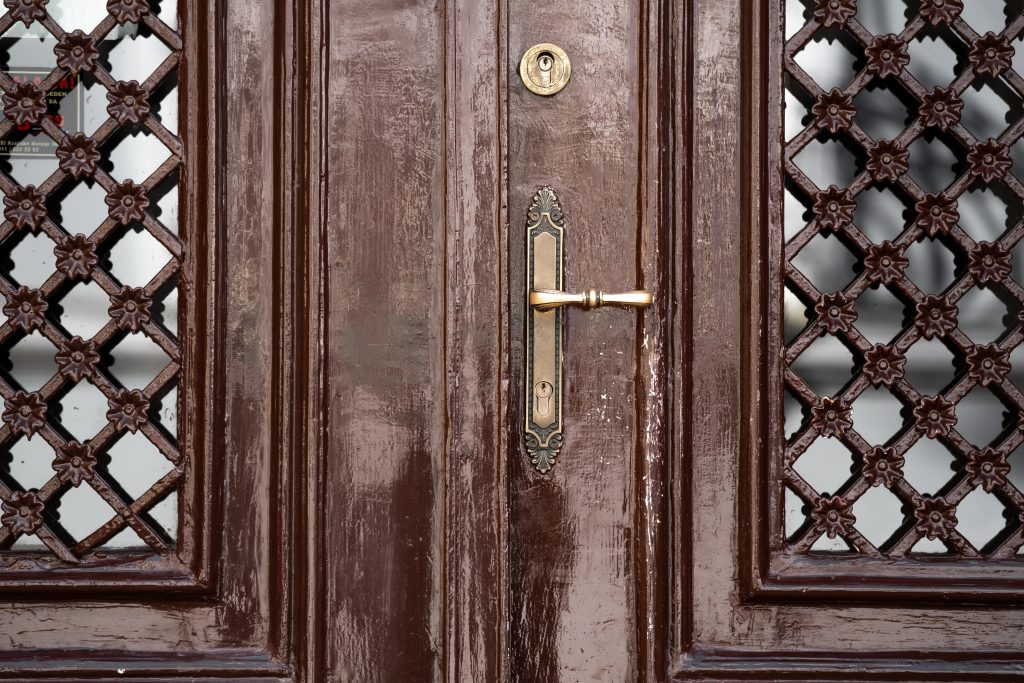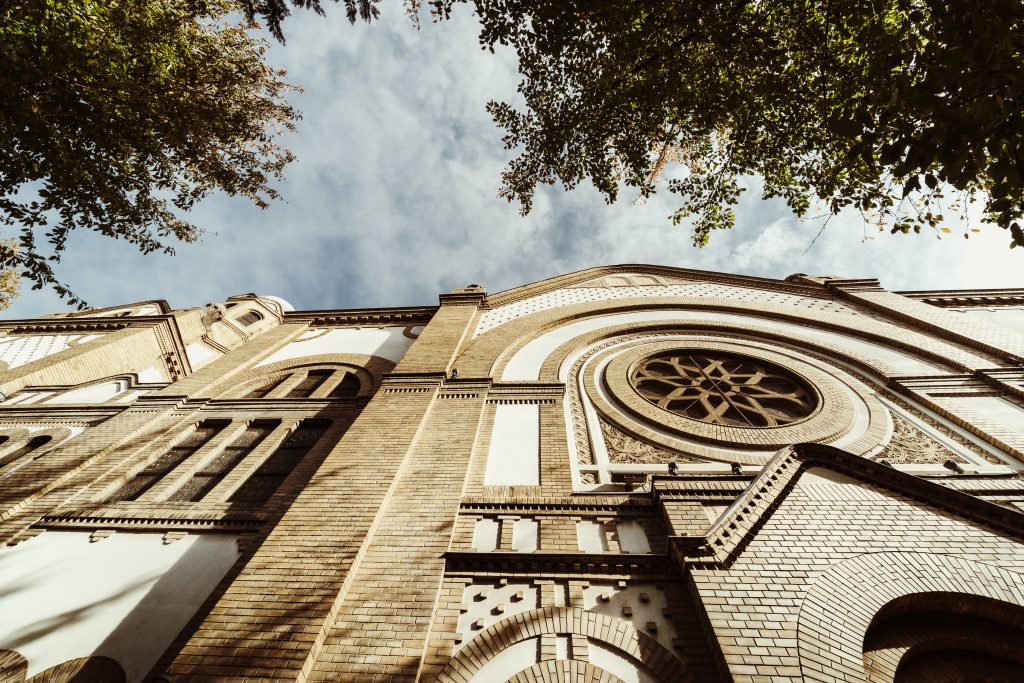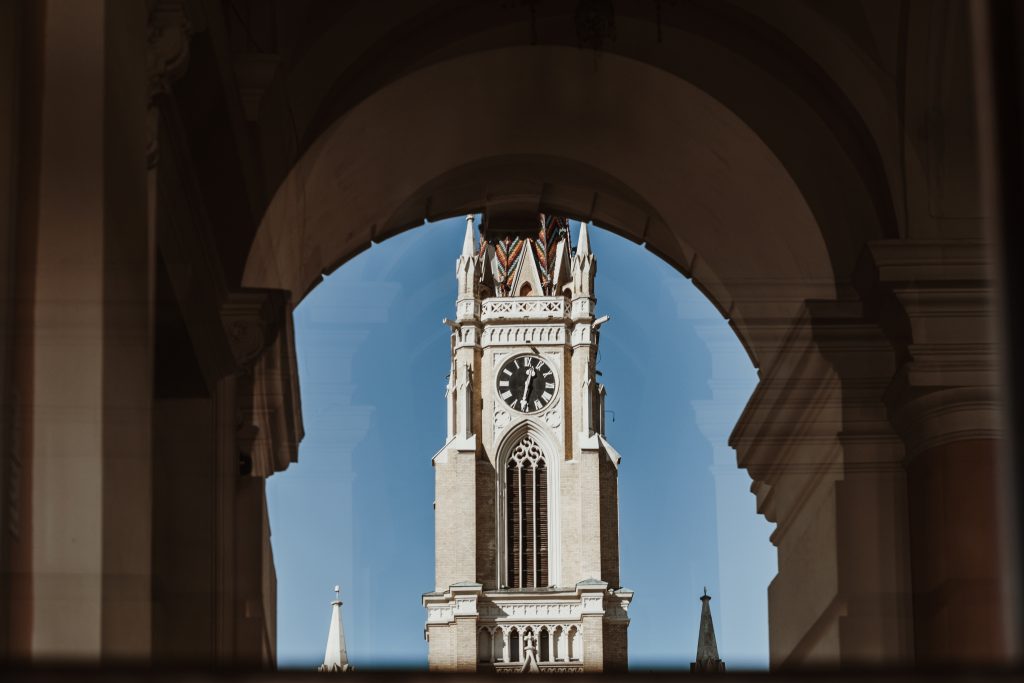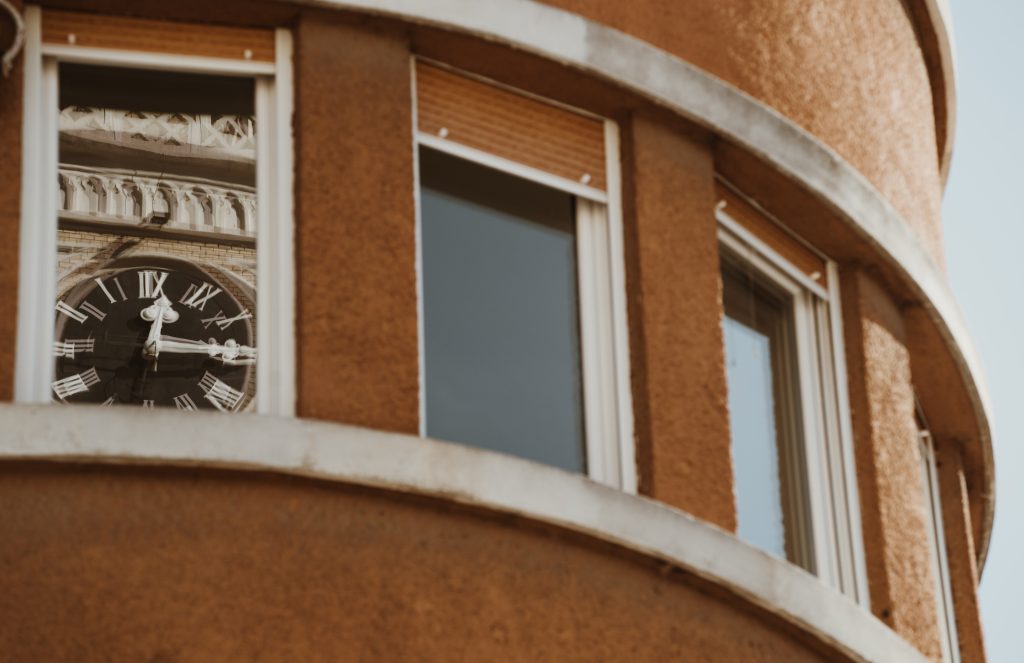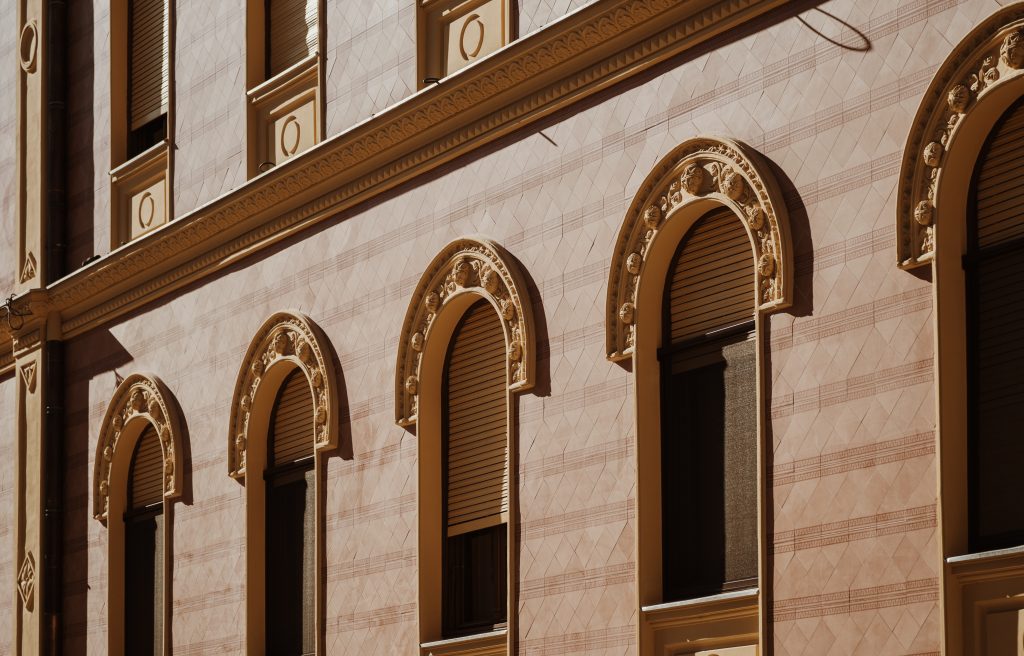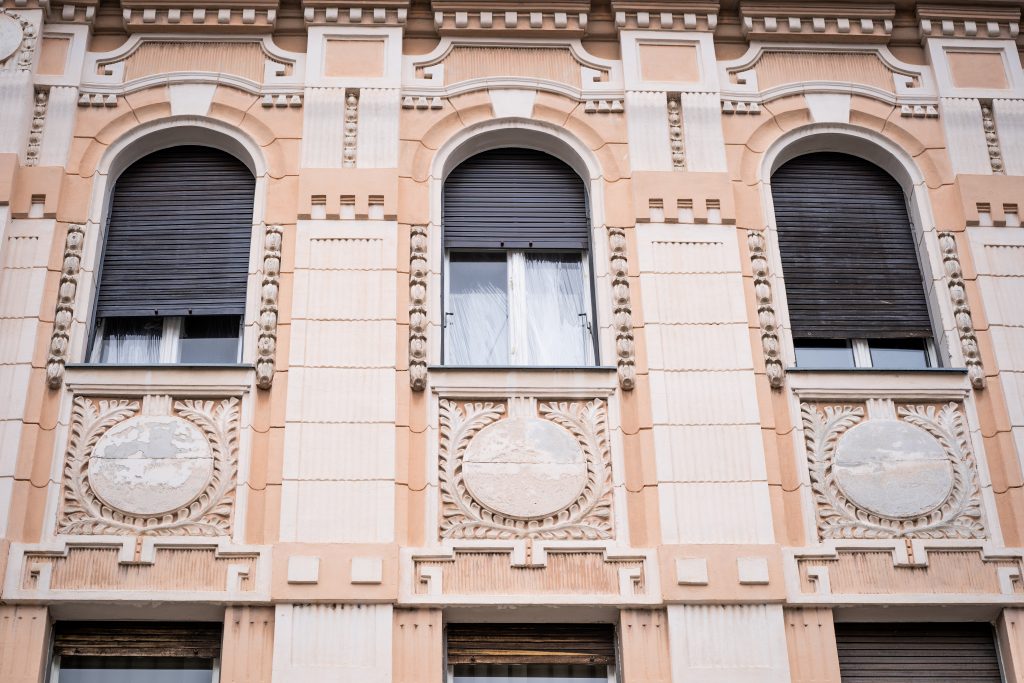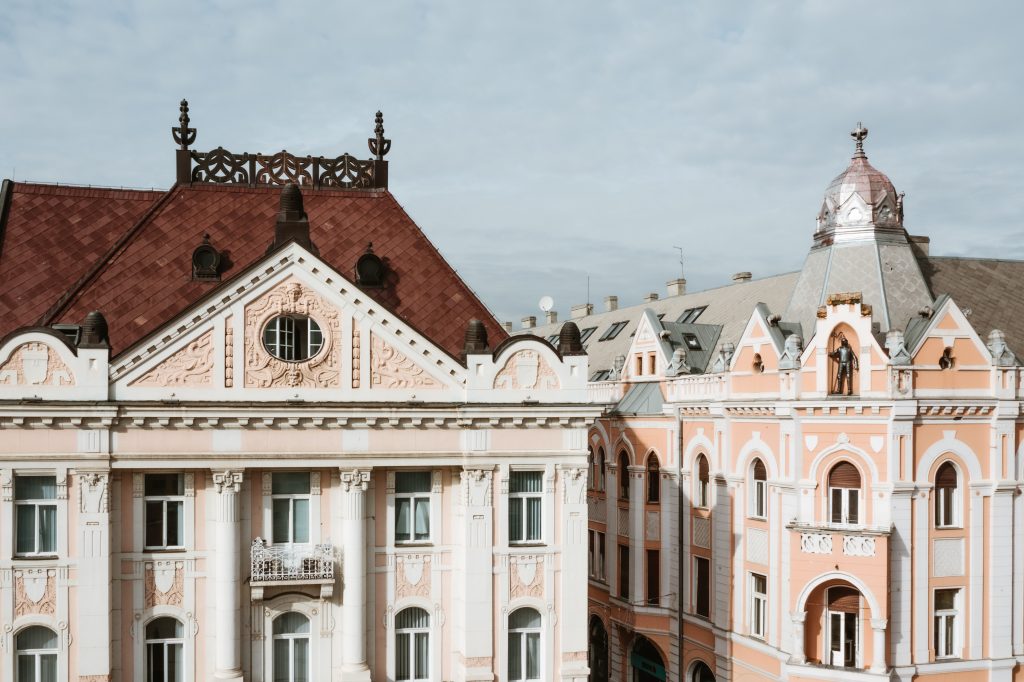The most important buildings which still add to the beauty of the Novi Sad city centre, were built in various styles – from baroque, classicism, romanticism, to eclecticism which, together with Art Nouveau, was going to last until the First World War.
In Novi Sad, eclecticism started to emerge when they started to build two-floor palaces: the first one is located in what is nowadays known as Kralja Aleksandra Street (built by Sečenj, the count), while the second one, today known as Matičarsko Zdanje (En. Registry Building), is located in the Trg Mladenaca square (built by Parčetić, the count).
In the last decade of the 20th century, the looks of the city completely changed when the new constructions were built, namely the new City Hall, the ‘Name of Mary’ Roman Catholic parish, designed by György Molnár, as well as the ‘Majer’ hotel (today’s branch of Vojvođanska Bank). These three buildings continue to adorn the Liberty Square even today. Nearby are the Bishop’s Palace and Zmaj Jovina Grammar School by the architect Vladimir Nikolić. Franz Voruda, an architect from Vienna, designed the building of the Central Credit Bureau, which continues to embellish the corner of Miletićeva and Grčkoškolska Streets.
The Courthouse building, today’s Museum of Vojvodina, by the architect Đuka Vagner, and the Teacher Dormitory in Nikolajevska Street, today’s high school dormitory, by the local architect Anton Tikmajer, also marked the architecture of Novi Sad. And not just these, but the former ‘Central’ hotel, today’s building of the former postal service in the ‘Trg Mladenaca’ square, and a palace in 21 Jevrejska Street, which the citizens of Novi Sad nowadays call Katastar, marked the city’s architecture as well.
At the beginning of the 20th century, Art Nouveau could be seen in the palaces ‘Menratova’ (En. Josef Menrath Palace), ‘Vinklova’, ‘Gvozdeni čovek’ (En. Iron Man), all located in the main street at the Liberty Square. Not far away from these, through Jevrejska Street and towards Futog, the Synagogue, Electrical Engineering High School building, hospital for rheumatic diseases ‘Jodna Banja’, and the City Hospital were built.
The enthusiasm for restoration emerged after the First World War. Thus, the neglected spaces started to develop as well, especially those located towards the Danube bank, where the construction works had been prohibited by the Austro-Hungarian authorities up until then because of the bridgehead, i.e. defence zone. The modern architecture is becoming more and more spread. Its best representatives in Novi Sad are the Tunurdžićeva Palace, Klajnova Palace, Sokolski dom (En. Sports Club), Palata trgovačke omladine (En. Commerce Youth Palace), Jugoslovenski dnevnik (En. Yugoslavian Daily News) – all of which were done by the architect Đorđe Tabaković.
Dragiša Brašovan, an architect from Belgrade, is the author of the Banovinska Palace and Labour Hall. The Russian architects Juraj Nikolajevič Šreter and Konstantin Petrovič de la Valet designed the National Health Centre in the Mihajlo Pupin Boulevard, and the Officers’ Club at the Danube bank. All of these are standouts because they are reminiscent of the Russian classicism.
-

Banovinska Palace -

National Health Centre -

Commerce Youth Palace -

Kora hleba -

Palace in Kralja Aleksandra Street -

Matičarsko zdanje -

Menratova Palace -

Officers’ Club -

Labour Hall -

Sokolski dom -

Building of the former postal service -

Majer hotel -

Katastar -

Dormitory in Nikolajevska Street -

Sinagogue -

Name of Mary Church -

The Tanurdžić Palace -

Bishop’s Palace -

Vinklova Palace -

Majer hotel and building “Iron Man” -

Home of Mileva Marić Einstein
Author: Ljiljana Dragosavljević Savin, master historian Photo: Vladimir Veličković, Jelena Ivanović

